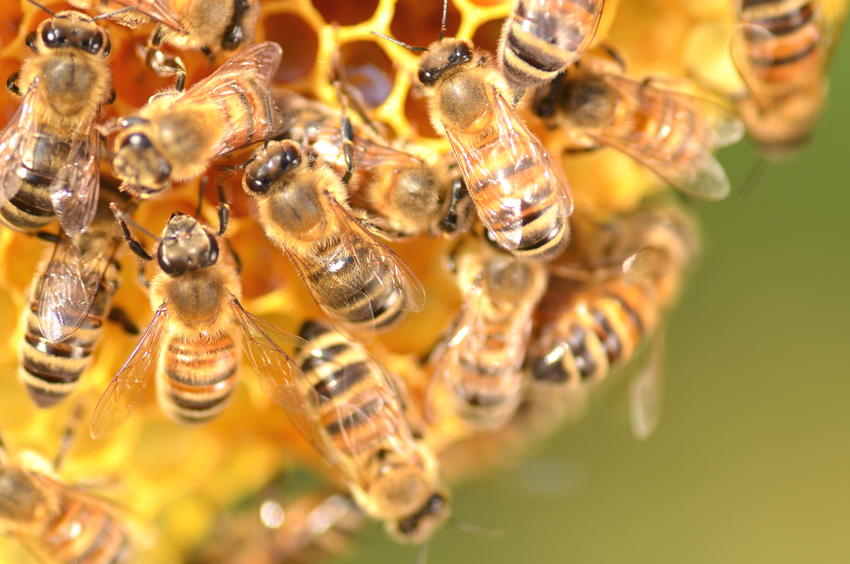When people have run-ins with bees or wasps (which can come in these recognizable species: hornets, yellow jackets, mud daubers and paper wasps), things don’t often end well for the human. Here’s what you need to know before you encounter one of these insects:
Why do these insects sting you?
For bees and wasps, they are most threatened when you are near their hive or nest. Unless you get too close or aggravate them, they are unlikely to sting you when they’re out “working.”
If you do smash a wasp or an insect detects you as a threat ““ beware. Both bees and wasps release chemicals that will send a sort of alarm to their fellow insects to come and attack you.
It’s also important to note: unless you move quickly or try to swat at them, just because they land on you, doesn’t mean they are about to sting you, so remain calm.
Do I need to take the stinger out?
Yes! The venom from the stinger will continue to penetrate the wound for up to 10 minutes after its initial contact. Taking it out as soon as possible will reduce the amount of venom that makes it into the person’s system and, in turn, will reduce the swelling.
Don’t pinch the stinger ““ this will release more venom. Either gently “scrape” at the area until it rolls out to one side or use tweezers.
What can I do for the sting?
Once the stinger is out, wash the area with soap and water. Apply an ice pack to reduce the swelling and try taking an anti-inflammatory medication, like hydrocortisone, if swelling is severe.
“If the spot is itchy, you can also take a mild allergy medication,” said Dr. Holly Gunn with St. Elizabeth Physicians Dermatology. “If it is painful, take an over-the-counter medication such as acetaminophen or ibuprofen.”
Keeping the area clean will also prevent it from getting infected.
If you are allergic to the venom, seek professional medical care immediately or have a loved one insert your epinephrine auto injector.


